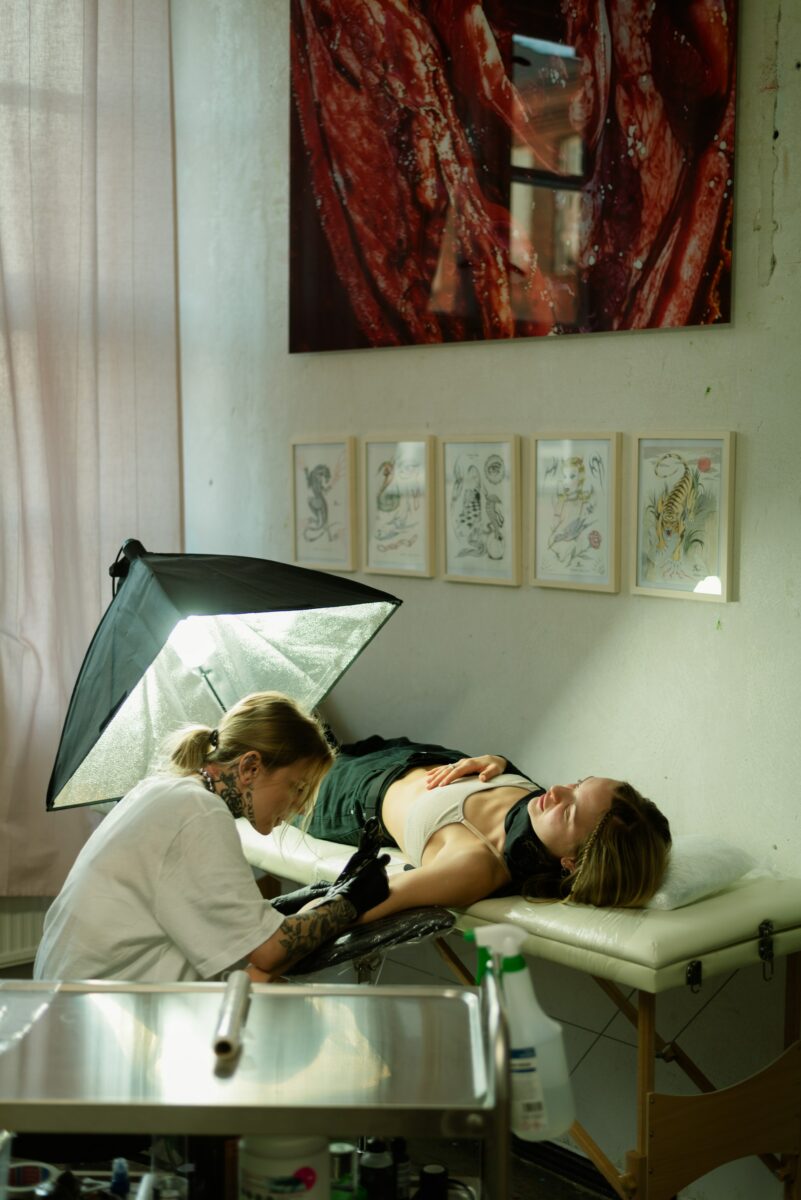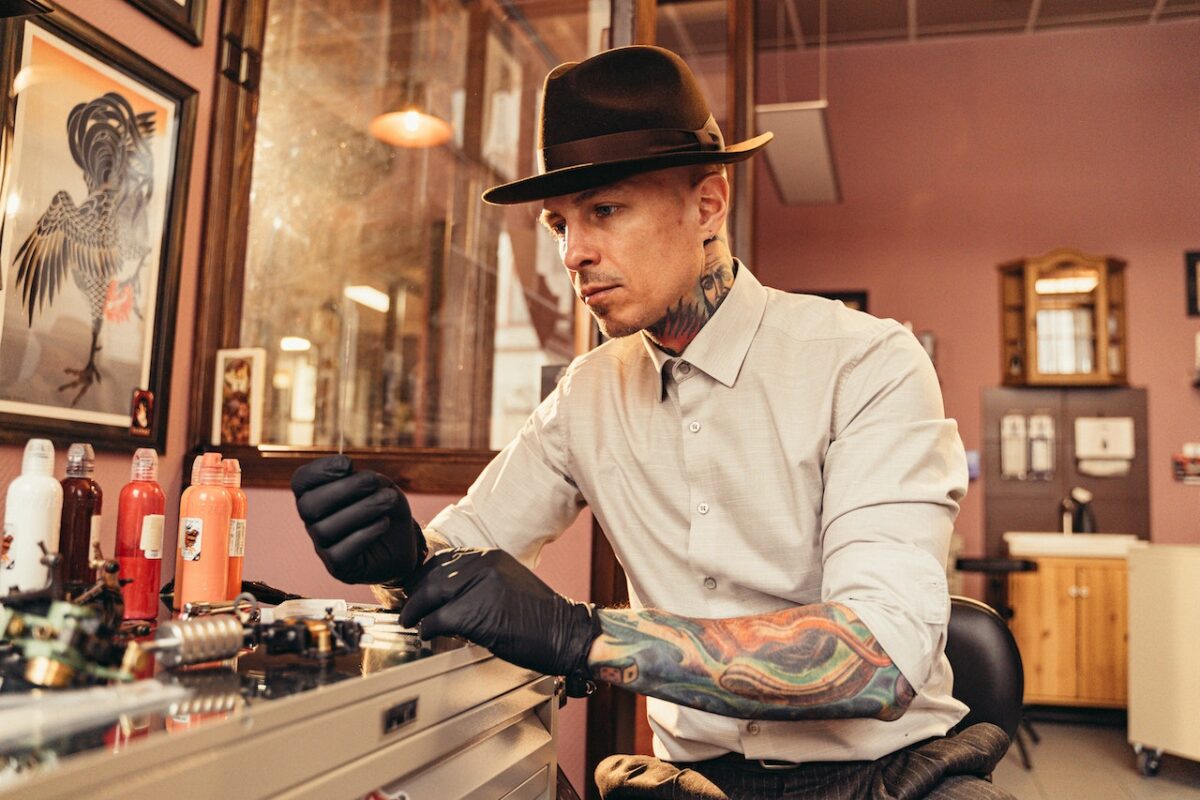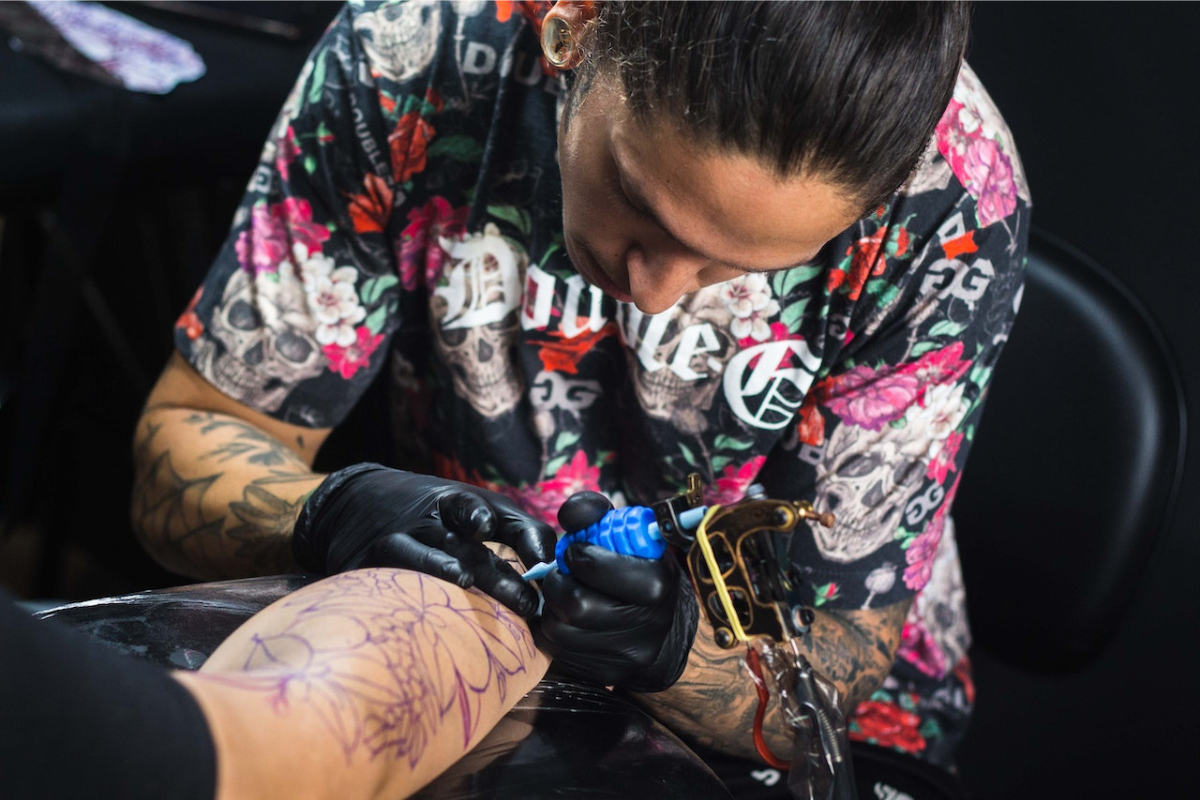Tattooing has been practiced for centuries; however, its popularity has rapidly grown over the last several years.
An effective tattoo business needs an effective marketing plan in place to attract customers.
This article will highlight several strategies to help grow your business while providing insights into current business models and costs associated with tattooing.
History
Tattoos have been around for over 10,000 years and boast an illustrious history.
Once used both therapeutically and punishingly, today tattoos serve mostly as forms of self-expression and artistic expression.
Otzi the Iceman provides evidence of tattooing at its origin: 5,300 years ago when his frozen body was unearthed in 1991.
On his body were tattoos consisting of lines and dots which may have created images depicting gods, animals or important symbols such as religious figures.
Tattooing has long been practiced throughout history; however, during the Renaissance it became more widespread across Europe.
Although considered barbaric at first, with more European sailors traveling to new regions it eventually gained more acceptance and became more accepted as practiced by others.
Tattooing was once a widespread practice among criminals and slaves who had been convicted, often to prevent reintegration into society after escape attempts.
Also used as punishment and to distinguish enslaved individuals against future attempts at escape attempts by marking them with permanent markings that would prevent reentry if possible.
Women were especially famed for the tattoos they sported during ancient Egypt, particularly women of childbearing age.
Tattoos adorning them were typically arranged in an intricate design around their abdomens, on top of their thighs and breasts – often including small figures of household deities adorning these spots on their legs – which suggests these designs were meant to protect these pregnant women during labor and birth.

Business Model
Tattooing as an Industry The tattoo industry is projected to experience annual growth of nearly 8% for the next decade, driven by design innovation at local and regional levels.
Millennials are leading this trend; preferring custom work over predesigned graphics.
Tattooing is a complex process involving needles and pigments applied directly onto skin.
There are costs associated with getting one done, including equipment costs, ink fees and artist salaries.
Pricing will depend on the location, size, and skill level of the tattoo being performed.
Before setting prices in your tattoo shop, it is crucial that you understand customers needs and expectations as this will allow for optimal pricing strategies.
One way of establishing an appropriate price for tattooing services is assessing how difficult the task will be for yourself as an artist.
If it requires extensive artistic skill or is in an inconvenient spot on the body, such as charging more may be appropriate.
Experience and training are also important considerations; both can impact the quality of tattoos you produce, driving up prices.
Finally, it is necessary to market your business effectively using social media, paid advertisements, and other strategies.
Target high traffic zones and neighborhoods where client demographics align. This will increase visibility and help bring in new clients for your business.
Your tattoo shop must be clean and sanitary, providing customers with a pleasant experience while treating them with respect and professionalism – this will attract and retain customers while decreasing risk of infection.
Costs
Cost of tattoos depends on a number of factors, including size and complexity of design as well as artist skill level. Smaller designs that don’t require as much intricate detail tend to be less costly.
Tattoos that cover the ribcage or side of the body tend to be more costly, since they require multiple sessions and more detailed work.
A full sleeve tattoo could cost anywhere between $1000 and $6,000 depending on its design and artist skill level.
Small tattoos requiring only simple outline may cost $40-100, but more intricate, colorful designs will cost considerably more.
A simple outline such as rose or cross could take 45 minutes or so to place on your body while more complex details would require much more time and skill to put on your body.
Artists who own their own studios may benefit from not paying rent to a landlord and keeping all the revenue from bookings without sharing with an assistant or customers who tipped.
No matter where they operate, tattoo artists must abide by all local rules and regulations regarding their business, including maintaining a clean and sanitary workplace and adhering to safe tattooing practices.
Tattoo artists must abide by all state and federal regulations pertaining to their profession, hold an applicable license to practice tattooing and comply with appropriate infection control protocols.
Some people choose tattoos as a means of self-expression. Tattoos can range from personal expressions, spiritual symbols and psychedelic designs; tattoos may express a message of hope and love while for others they symbolize strength and courage.
Services
Tattoos are an expressive and satisfying way to add unique design elements to your body.
Although the process can be expensive and time-consuming, it’s also immensely fulfilling and fulfilling.
When entering the tattooing business, it is vital that you consider all regulatory requirements specific to your state.
By doing so, these rules will help to protect both clients and employees while protecting your shop’s name.
As part of opening a tattoo studio, the initial step involves applying for a license from your local health department. Depending on regulations in your area, this could involve filling out and paying a form and fee.
Tattoo laws vary across states, so it’s essential that you consult with your state’s health department in order to gain more information on them.

In some instances, qualification requirements or an apprenticeship program may need to be fulfilled before practicing tattooing can begin.
Before opening a tattoo shop, it’s crucial that you identify what equipment and supplies will be necessary.
Some artists prefer purchasing their supplies directly while others may rent from a provider.
Equipment needed for tattooing includes an ultrasonic cleaner, ultrasonic sterilizing needles and syringe, tubes and grips for tattoo guns, green cleaning soap spray bottles for green cleaning solutions as well as small plastic cups to hold ink, gloves and any necessary supplies to keep your area clean.
An autoclave may also be needed to sterilize non-disposable equipment in between customers.
One key consideration when opening your own tattoo studio is meeting all applicable sanitation regulations in your state.
Ensuring a hygienic environment and sterilized equipment are integral parts of providing superior customer service; taking the time to follow all required regulations can make your shop an enjoyable place for customers and encourage repeat business.
Regulatory Requirements
Tattoo artists must meet certain regulatory requirements in order to operate within the industry, which aim at preventing infections, bloodborne diseases, or allergic reactions from spreading further.
State-regulated tattoo shops must also abide by sterilization and sanitation standards in order to safeguard customer health, with rules depending on your state; be sure to reach out to your local health department to determine what’s necessary in your region.
Tattoo establishments must register with their local health department in order to operate legally, and applicants will undergo an initial inspection to make sure they abide by regulations.
Before beginning any tattooing or body piercing process, patron’s hands must be thoroughly cleansed with soap and water for at least 15 minutes before commencing work on the person being tattooed or pierced.
Artist’s gloves must also be cleaned regularly during their work session with each interruption in service delivery.
Every parlor/shop must provide its tattooing area with a hand sink equipped with both hot and cold running water sources.
Before any tattooing or body piercing procedure begins, patron’s skin must be thoroughly cleansed using tincture of green soap (or its equivalent) and warm water.
Furthermore, tattoo artists must be provided with a single service wipe or gauze pad in order to effectively remove excess ink/dye from patron’s skin.
Tattoo or body piercing procedures require using disposable latex examination gloves that must be discarded after any interruption in the tattooing process or whenever they tear or puncture during tattooing/piercing procedures.
As part of the tattooing or body piercing process, all needles and needle bars used must be sterilized according to Section 441-4-5 of this chapter and then disposed of using a licensed medical waste hauler.
In addition to traditional tattoos, many people opt for temporary or airbrushed tattoos as an alternative to permanent tattoos.
Temporary or airbrushed tattoos are not subject to the same regulations as traditional tattoos, but the same hygienic practices should be followed to avoid infection.






























